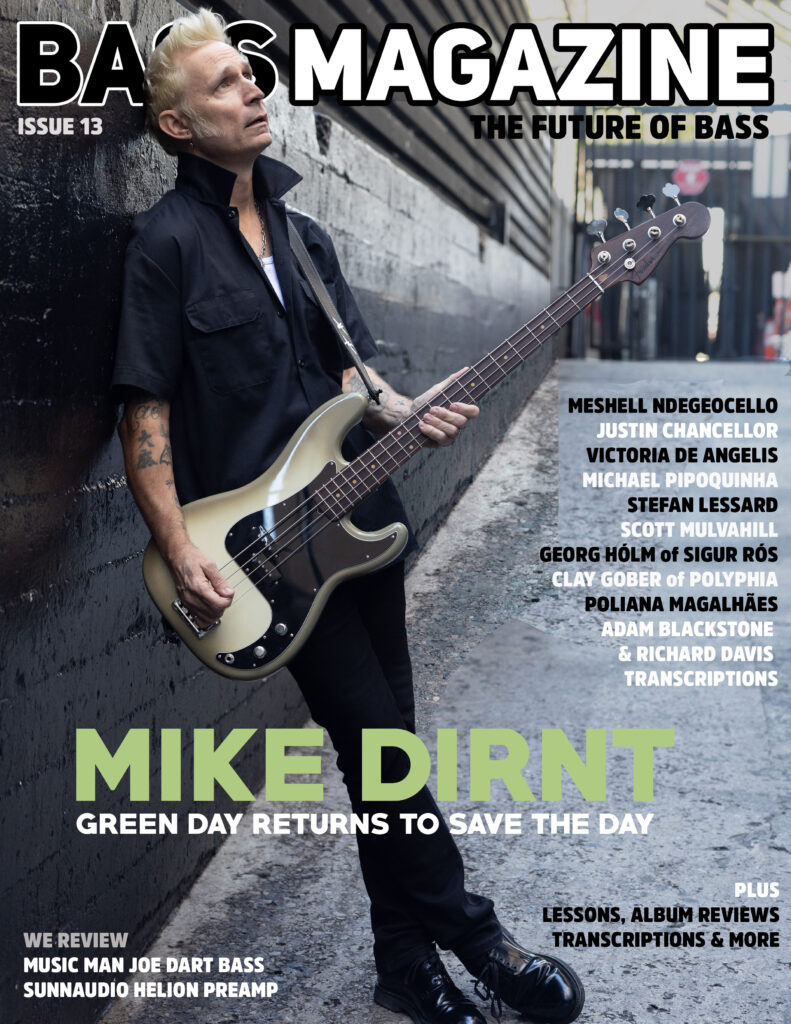This week’s Reverb find is a super cool 1960s Ampeg AEB-1 Bass, first introduced by Ampeg at the NAMM show back in July 1966.

Ampeg had been focused on serving jazz musicians up to that point and offered a variety of upright basses, including the electronic upright Ampeg BB-4 Baby Bass. However, musicians of the time were becoming more and more attracted to what Fender was offering with the Precision and Jazz bass models. The new AEB-1 was Ampeg’s answer, and the first horizontal bass the company made.
The AEB-1 was a particularly unique design, with a body shape inspired by the Jazzmaster but with huge, violin-like f-holes. The headstock was the same scroll design used on the Baby Bass and is how this model got its “Scroll Bass” nickname.

The Scroll Bass was still trying to sound more like an acoustic upright, and its magnetic vibration sensor pickup assembly under the bridge (which translates acoustic movement into electrical signal) allowed for the use of the warmer-sounding gut strings upright players used.

This particular listing is extra unique in that it features its original and rare turquoise and black burst finish—most of the models that crop up today are in a black and red sunburst. A few nicks and some finish-checking give this instrument some cool player-grade vintage character, and most everything is original aside from a replaced truss rod, fretboard, and nut.

This same Reverb shop, Olivia’s Vintage, is also currently offering another Ampeg bass rarity in the same finish—a ’60s SSB-1 short-scale. Because Ampeg (and its records) changed hands several times over the years, it’s hard to say definitively how many of each of these bass models were made in total, but the various estimations are all quite low. If you’re looking for a unique piece of early electric bass history, both of these axes are worth a look.
For more on the bass: Click Here

